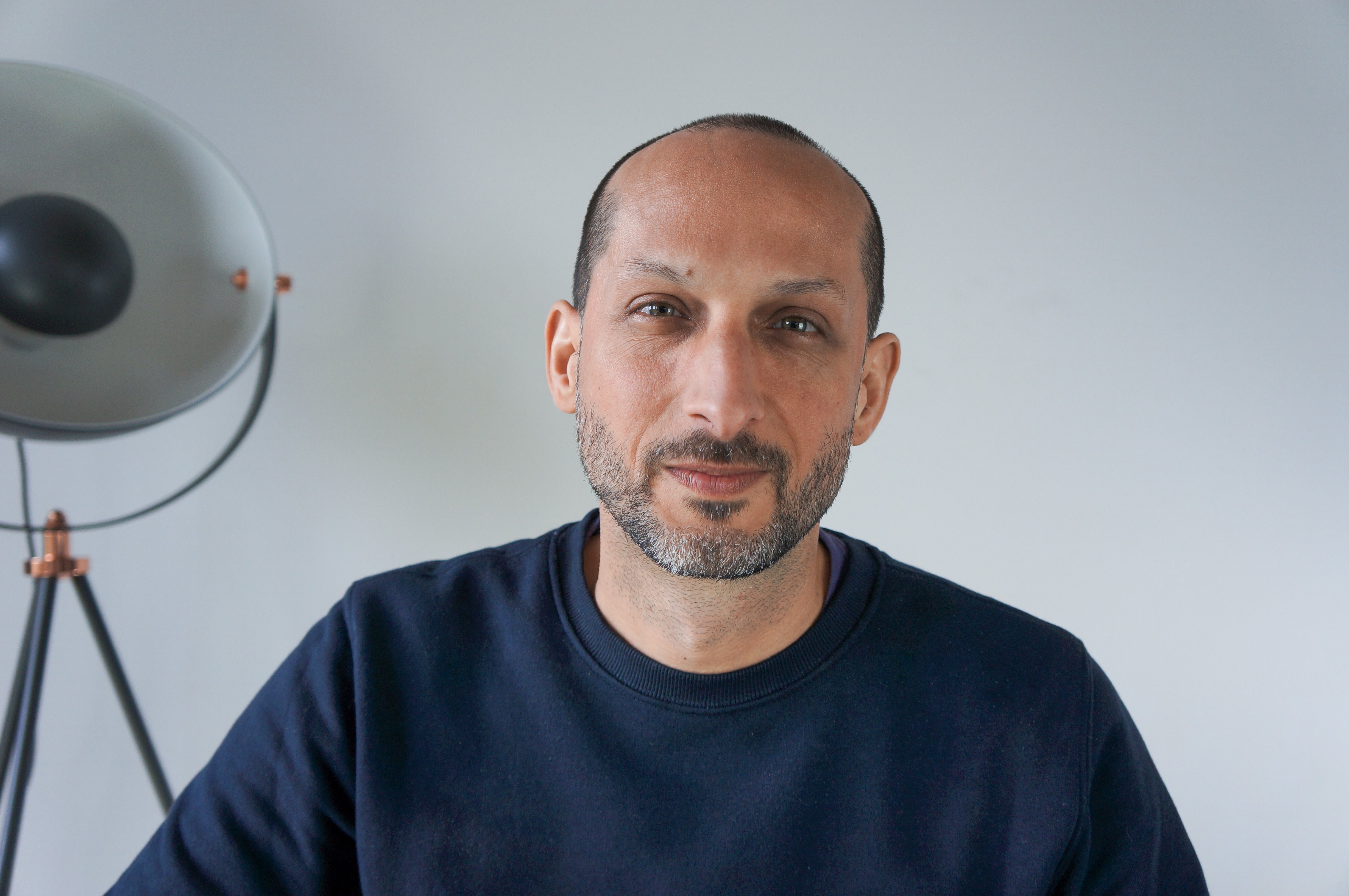This week, the chances are that your social media feed has been filled with AI-generated selfies. While this craze is undoubtedly fun, these selfies are more important to our future than you might initially think. Let me explain.
AI-generation technology like GPT-3, GPTChat, MidJourney and Dall-e has the potential to revolutionise our lives and open up a world of possibilities. But they're just the tip of a huge iceberg - we've barely tasted what's to come.
When discussing the future of technology, I often refer to The Gartner Hype Curve; a graph showing how technology evolves. It starts with a steep, upward slope as people get excited about the potential of the technology. Then, after a peak of enthusiasm, the curve dips sharply and slowly rises again over time.
Every technological advancement follows this pattern. The first home computers, for example, were disappointing and slow. The same was true for virtual reality, CGI, and the Internet. It took time for these technologies to reach their full potential.
There was one key element needed for them to do so: a killer app that would bring these technologies into mainstream use. It does this by combining a utility that people will want to use with a more accessible interface that less technologically-savvy people can use easily.
Home computers were unusable by the average person until the Apple II interface, followed by Windows, was introduced. DOS prompts and written commands were too much of an obstacle for anyone who wasn't a geek.
These new graphical interfaces changed that.
With the advent of the Spreadsheet and the Word Processor, people wanted the advantage these tools could give them and now had a way of using them that didn't require months of learning.
For the Internet, it was the web browser and email. The net existed before the web browser, but the world of bulletin boards and IRC chat was both inaccessible and uninteresting for most people. The Netscape and Mosaic browsers gave the mainstream public a new window into the Internet; useful websites and email gave them a reason to use it.
These killer apps; the Graphical User Interface, the Spreadsheet, the Word Processor, The Web Browser, and Email, changed the world. Their underlying technology existed before, but the apps brought them to the mainstream.
We're now in the age of Web3, which includes blockchain technology and AI. For the most part, people haven't been interested in these technologies, as they haven't offered anything obviously beneficial in their own right - they're a means to an end, algorithms running behind the scenes.
But now we're seeing the first killer apps take to the stage. Until recently, you needed, at the very least, to be a Python programmer with a deep science background to use AI effectively.
Now, with new, easy-to-use interfaces, people without the ability to code AI are suddenly interacting and creating with it.
We're going past the early adopter stage and into the early mainstream majority. People are creating their own artwork, innovating architecture, designing products, and generating engaging written content, and they're telling anyone who'll listen about how incredible the experience is.
AI-generated images and marketing content are just the beginning.
We're now seeing the convergence of several technologies at once, as disparate disciplines come of age and offer the opportunity to work together.
Natural Language Recognition and generation now allows us to communicate with an AI model using natural language and have it respond to us in the same way. With the recent release of GPTChat, this isn't a 'command and respond' process anymore; it's interactive, collaborative, and conversational.
This means that you can explore ideas and concepts, get the AI to explain theoretical ideas in a way you'll understand; ask questions, unpack, disagree, and discuss with it as if you were in discussion with the person that wrote the material.
Voice technology like Siri, combined with this tech, will mean that we finally have the Star Trek computer, or HAL, Wall-e or Jarvis - depending on your generation.
The evolution of other tech such as VR and AR bring this exploration into the visual world.
Think of the possibilities:
- Being able to interact with machines as if they were human.
- Having access to all the world's knowledge in a way that means we can ask it questions.
- Taking conversations into virtual reality with such high resolution that it's difficult to tell the difference between pixels and real life.
- Collaboratively creating and innovating new artworks or innovations.
I'm not suggesting that we'll permanently live in a VR world soon or that we ever should be. I'm also not suggesting that we replace real scholars and academics or coaches with AI ones. I see the adoption of AI as a friendly, super-intelligent sidekick in our everyday lives. AI will make things easier and more accessible, performing jobs for us and collaborating with us to create works that we wouldn't have been able to develop without it.
The orchestration of humans and machines means that we use the best attributes of both to make something greater than the sum of its parts.
This is human enhancement to a very high level. And, finally, the technology is coming of age and we'll be using it daily in ways we can't even imagine yet, before we know it.
It's an exciting time to be alive!



